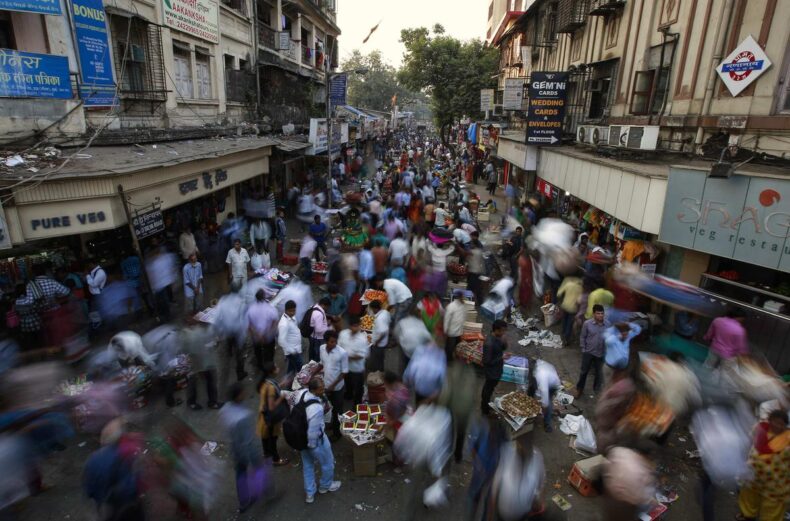As per the latest report of the United Nations Population Fund (UNFPA), India is all set to outpace China’s population by mid of 2024

On Wednesday the United Nations Population Fund (UNFPA) released its latest report “The State Of World Population Report,2023, which is titled 8 Billion Lives, infinite possibilities: The Case of Rights and Possibilities”. As per the report, India’s population is pegged at 1,428 million.
Key Highlights Of the Report
China with a population of 1,425 million. united states of America, on the other hand, is placed third on the list with a demography of about 340 million. One of the key highlights of the report is that reportedly eight countries namely, the democratic republic of Congo (DRC), Egypt, Ethiopia, India, Nigeria, Philippines, Tanzania, and Pakistan will have a share of almost half of the global population by the year 2050.

A key element to be noted here is that for the first time since 1950, India has overtaken China in terms of population. The report highlights a difference of about 3 million in the population of both the countries
The organisation has however stated the presence of ambiguity in the veracity of the demographic data since both China and India had conducted their national survey before the coronavirus pandemic had struck, in India, the last census was held in the year 2011.
Population’s Plight
The world reached the figure of 8 billion people in November 2022. As per the reports released last year, the population will reach 8.5 billion in 2030. The current world population is growing at a rate of less than one percent.
For India report states that 50% of its population is below the age of 25 years, and only a minuscule 7% above 65 years. on the other hand, China has nearly 200 million people over the age group of 65 years. Clearly indicating a demographic dividend that India can reap for major economic growth and progress.

The report highlights that India is an economy that is highly affected by its demography that has a huge number of people in the age group of 15-64. although there are legitimate apprehensions pertaining to life expectancy and standard of living which is higher in China as compared to India
Red flags in the UNFPA Report:
One of the concerns raised in the UNFPA report is the lacunae in the reproductive rights of people. UNFPA chief Natalia Kanem asserted the fundamental right to “bodily autonomy” that every woman must exercise. The chief also highlighted the lack of reproductive health awareness among the developing and under-developed countries of the world. A large proportion of the world’s population is also not cognisant of the usage of contraceptive measures.

The population today is growing at the slowest rate since 1950 with 2/3rd of the population living with a very less fertility rate.
Therefore, humanity has advanced in the arenas of health, science, and medicine. However, a lot of progress is essential in various regions of the world. countries like Niger, Chad, DRC, and Somalia have the world’s highest fertility rate exceeding 6% which is extremely alarming for the progress and prosperity of humanity.
Core Analysis
India’s population is expected to be rising for the next ten decades and will start to decline after that point. A country with the largest population of youth is a propitious sign if this potential is tapped effectively and timely.

Multiple policies by the government have been rolled out including technological access to spread awareness about reproductive health and opportunities related to education and information.
However, it is pertinent to note that with this humongous size and growth, there are umpteenth challenges that need to be taken care of. Questions related to employment opportunities, upskilling them, the standard of living, and health facilities in the backdrop of the Pandemic.
Therefore, despite reaching this milestone India must not let its guard down and adopt a pragmatic and practical approach.












